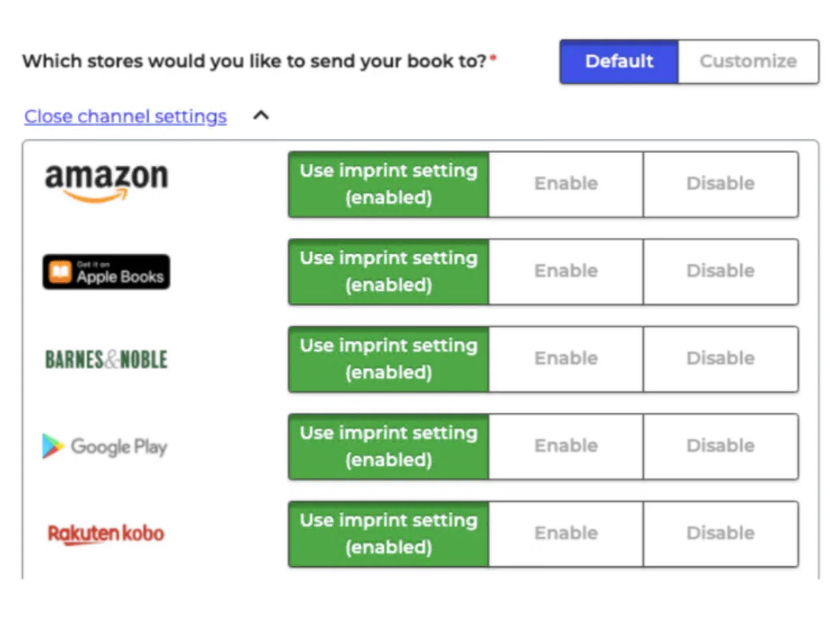Fantastic Children’s Book Illustrators and How to Find Them

When it comes to children's books, there are some absolute truths we need to acknowledge from the start.
If children's imagination is tickled and their desire to explore keeps sparkling, there is no end to their insatiable curiosity and their voracious appetite for books. Parents turn into explorers, looking for those writings unparalleled in wits, unrivaled in charm, and peerless when imagining worlds and roads to be discovered.
The children and young adult book market has been growing as parents continue to invest in the upbringing of their children. New editions with another take on illustrations have adorned classical literature pieces, and non-fictional works adapt to trending educational standards; this is just the perfect time to be a curious child with supportive parents!
If you are an author, this is an excellent time to look at the buying process and understand what is expected from a beautiful children's book. If you are self-publishing your picture book, consideration of the existing market and requirements of readers (young or old) are significant.
What Makes a Good Children's Picture Book?
Whenever I browse picture books, I assess the complete package. Do you ever think, “Wow, this cover is excellent! Too bad they settled for the paperback.”? Or, “Oh boy! Is this really present material?”
So here it goes.
1. Cover
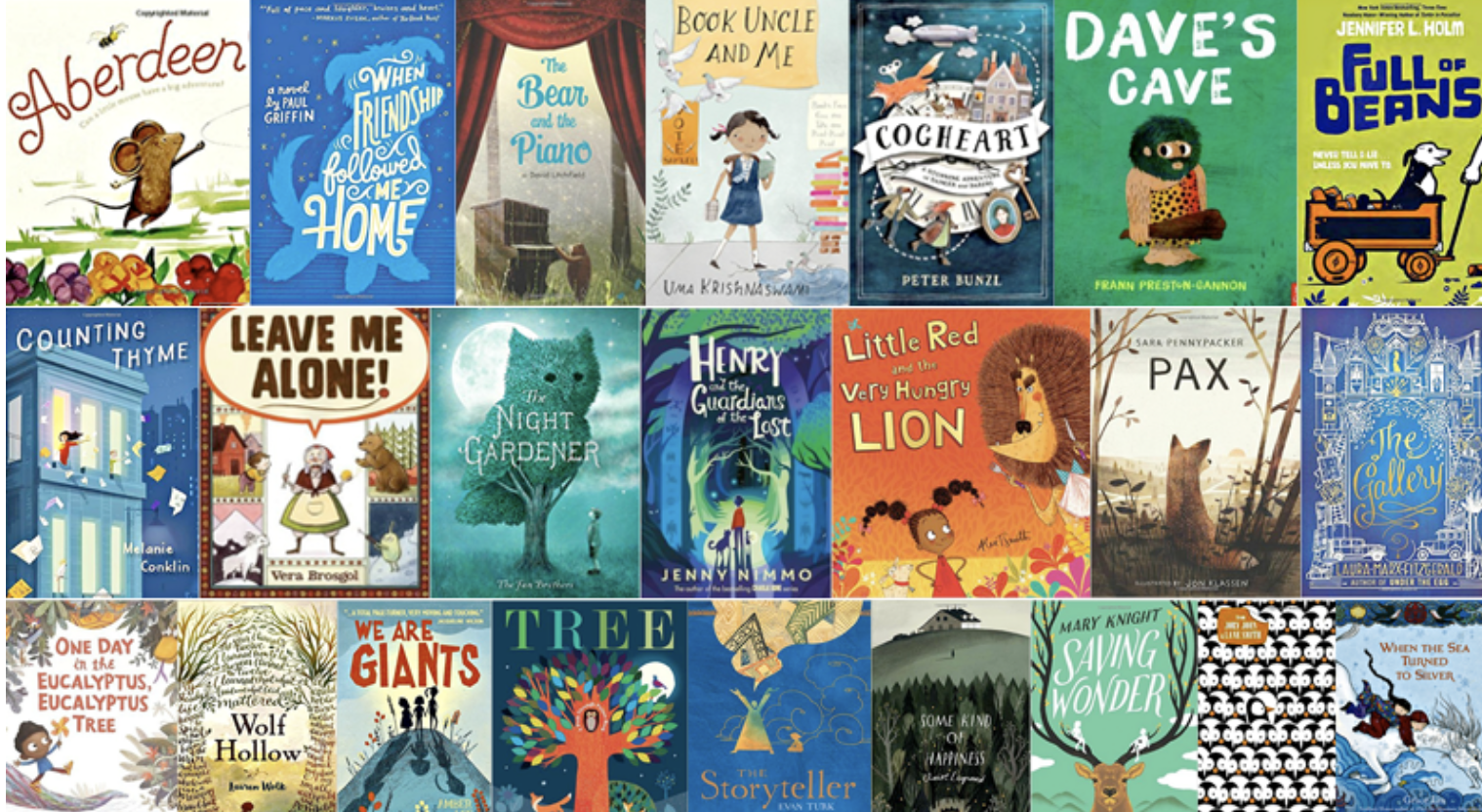
I am sure you have heard it ad nauseum: get a professional cover. The cover sells the book. And it is correct, especially when ordering online. If you cannot browse the book, the cover has a lot of weight in choosing the right book.
The cover is a small rendition of the book. The title should hint at the content but not oversell; the illustration should make people stop and say: ”I need this book!” and buy it (or at least shelf it on Goodreads). Make them want to see more pages with the help of eye-catching children's book art. The cover is your friendly enigma, and you should only settle for less if you have a good reason.
2. Illustration
When it comes to children's picture books, art sells the book.
Darcy Pattison, a trainer on how to write children's picture books and a writer herself, sums it up nicely: “I've been traditionally published (Penguin, Harpercollins, Harcourt, Arbordale), and now I have my own indie publishing company, Mims House. The biggest thing I took away from my experience in the trad-world was a commitment and passion for good art.”
If you constantly look at beautiful children's books, you will inevitably start to make connections between authors, book illustrators, and sometimes publishing houses.
You will start to recognize children's book illustration styles and will be able to tell Axel Scheffler from Jon Klassen, Isabelle Arsenault from Beatrice Alemagna, or William Grill. And surely you will notice Christ Haughton, Oliver Jeffers, or Andre Lettria at a glance! But they are merely some of those bright, fabulous, inspiring, seductive artists looking to make a page shine.
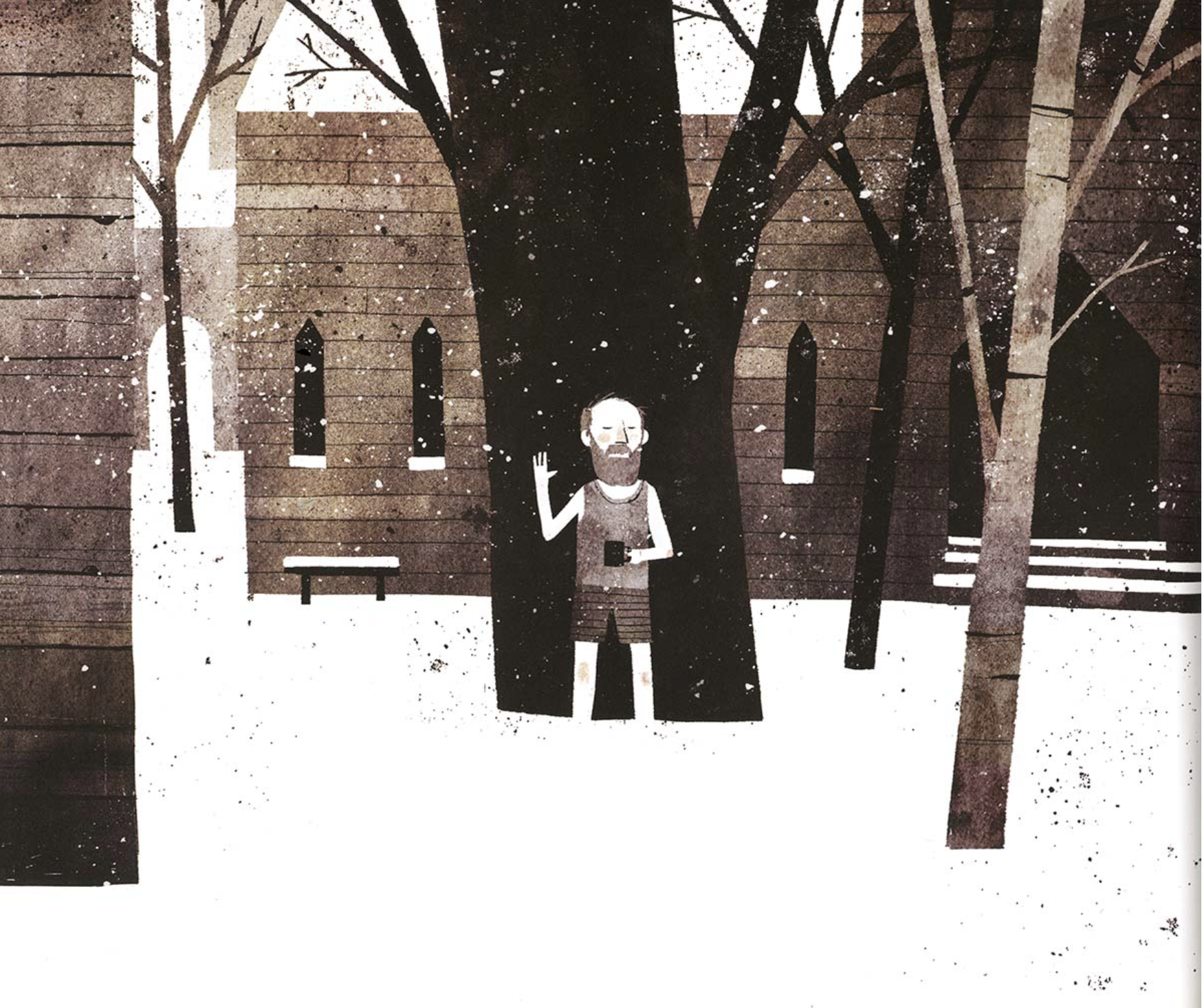
Children's book art is some of the finest. Under the best occurrences, it is an excellent mix of serendipity and exquisiteness page after page.
Famous children's book illustrators like Dr. Seuss, William Steig, Maurice Sendak, Alice & Martin Provensen, and Raymond Briggs have sprinkled pixie dust on whatever they touched, making us love their books so much! Just think of the carefully crafted magic of J.R.R. Tolkien or the minute details in Jill Barklem's art. They have set high standards of how books should look.
3. Text
With their art and talent, these famous writers have worked against the idea that children's literature is a minor business meant to amuse. It is a groundbreaking struggle to enchant and capture readers, introducing them to a world of possibilities where they are inventors, creators, explorers, adventurers, and heroes.
Browse the best children's book illustrators, see the topics discussed and the illustrations, and you will understand why parents wish to surround their children with such works. They speak volumes on topics children want to know about (information they would like to discover on various subjects: the immensity of the universe, nature, dinosaurs, and history).
These beautiful children's books also manage to fit a difficult message or topic into a format suitable for young ages. Death, longing, old age, and differences between humans (in skill, gender, and ethnicity) are complex themes that are difficult to resume into simple words. But writers manage to do exactly this and much more with the aid of the fabulous illustrators they entrust to lead the visuals.
As a writer, you know that finding the most suitable picture book illustrator is a challenging task. You are most likely following The Marginalian or waiting for the end-of-year best books from New York Times. Seeing such beautiful works, you understand that children's book illustrators are not merely adding to the book; they are the other half of a successful project.
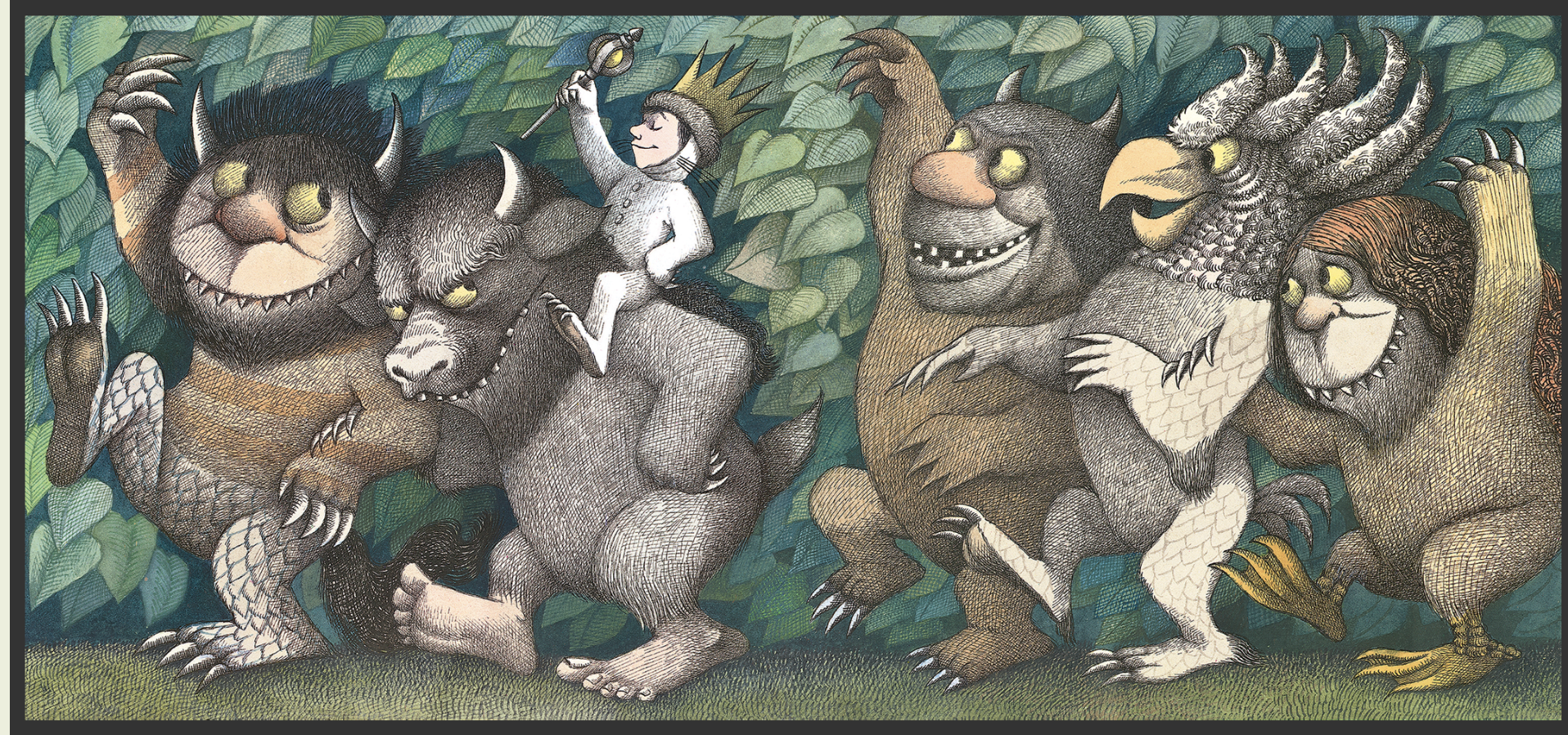
What is Considered Good Art for a Children's Picture Book?
It must be of great quality
Of course, your aesthetic values are subjective. Surely you have heard it before: show ten people a piece of art, and they won't agree if they like it. I don't know about that; some things are pretty straightforward.
However, I can still recognize quality even when I'm not too fond of a drawing. The illustrator for children's book has taken great care to create the piece, reflecting a distinctive worldview. I ask myself, "Could this art hang in a gallery?"
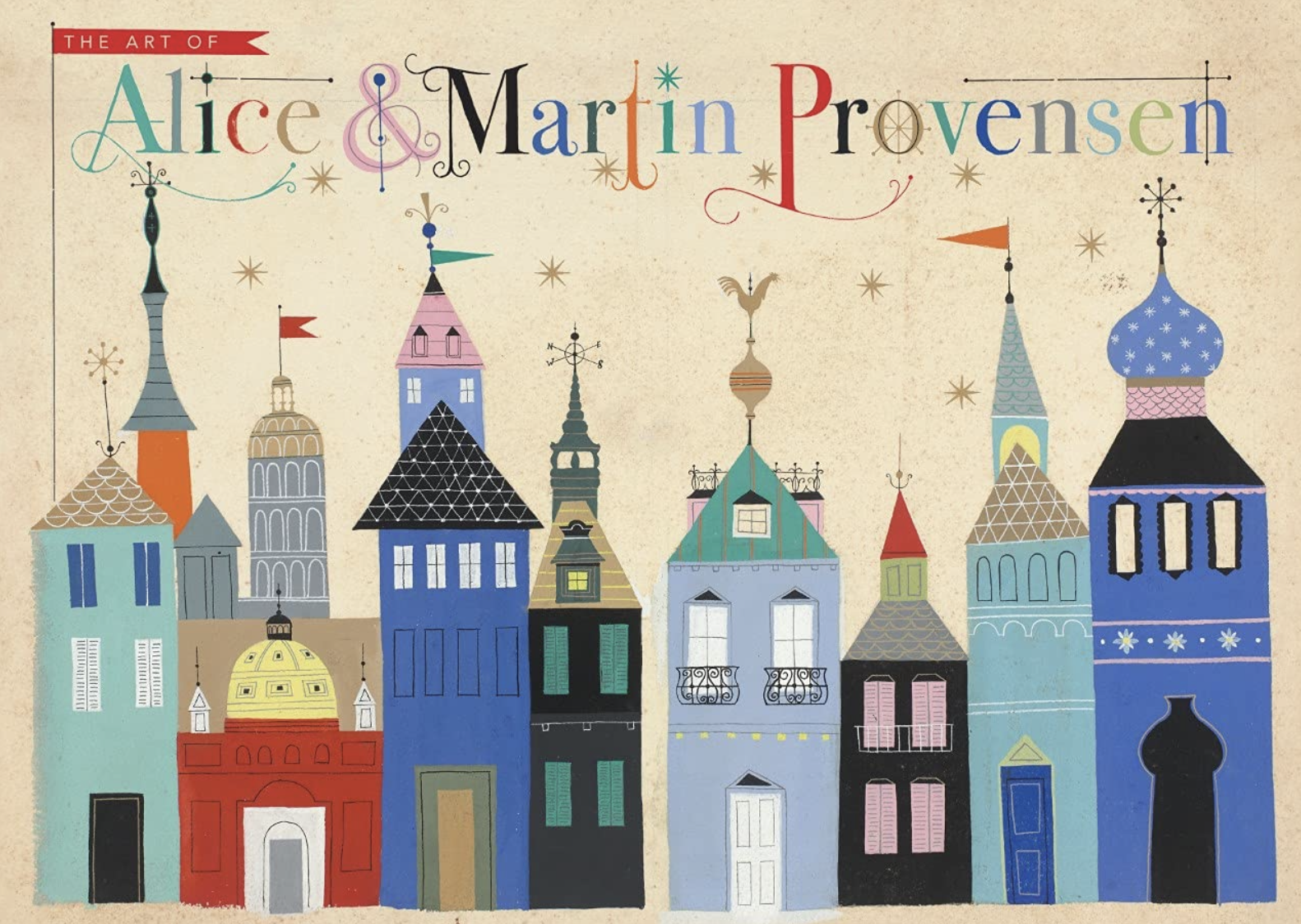
I hear you scoff. Children's books don't need museum-quality art. Oh, but they do! Children's books librarians are fond of quoting Walter de la Mare, a British poet and children's book author, who said, "Only the rarest kind of best is good enough for children." You should get the best art you possibly can for your picture book.
You invest in great art for your novel covers. You must also invest in great art for your picture books.
Children's book illustration styles have dramatically varied as we shift perspectives on the world. We interpret gender roles differently, and books tell you of such narratives; we turn to storytelling to share truths and concepts that are hard to swallow.
That’s precisely why creat art isn't enough.
Art must tell a story
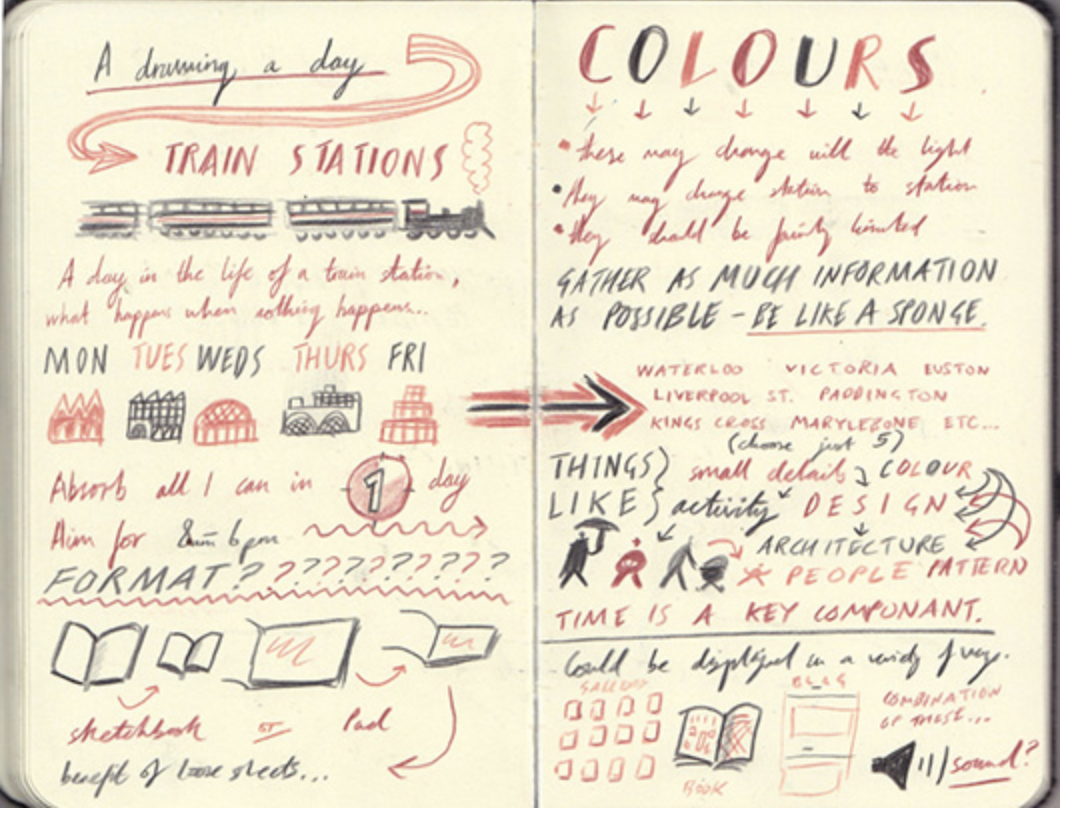
We write and illustrate stories so that they speak to young minds. Yet we acknowledge they will not spark the same lights in all children indiscriminately.
Each reader will make their connections. A universe of significance is being built.
We are all so diverse; we each need a story to speak to us personally. Some who still haven’t had the opportunity to recognize themselves as heroes in stories will get their moments. Others will understand that what we have known as heroes in some of the greatest stories can be iterated in more ways than one.
Featuring a range of unlikely heroes, children understand they can be such heroes, which is a valuable intake for young readers. Imagine these books giving wings to children everywhere because the heroes look similar to those children. They may live in Africa and not know what an apple is or climb the tangled mountain passes with the llamas. And they, too, should have the chance to encounter books to speak to them personally, featuring a familiar setting.
Chimamanda Ngozie speaks in her world-acclaimed TED Talk that we should mind the danger of a single story. Authors should feel comfortable embracing this multitude of eyes that see different things but ultimately share the same feelings: joy, sadness, love, and loss. Not one story, but many, not one art, but many styles. And for each, little hands and little eyes ready to receive them.
The best artists for picture books don't merely draw what you put into words. Instead, they interpret the story and add elements that enhance it. If you erased the words, you should have a sense of the plot line anyway.
If you found an artist who can consistently illustrate a story, you have found gold.
How to Find an Illustrator for Children's Books
While there is a lot of discussion on finding an illustrator for a children's book (yes, the struggle is real), some places are clearly no-nos.
1. Don’t search on general websites
Not Fiverr, for instance. If you are pondering how to find an illustrator for a children's book, you must first understand the difference between small design projects and children's illustration books.
A picture book artist is, first and foremost, capable of imagining worlds and building momentum. Art follows the story but adds new elements: feelings, interpretations, and depth. You can even call them art books for kids to emphasize the importance of art in shaping the book's atmosphere.
No, no clip art for children's books. Don't even go there!
2. Go straight to the source
An excellent portal for inspiration is Behance.net, which is Adobe's social media site for illustrators worldwide. Adobe sells the professional software artists use, so it makes sense that they have an excellent platform for artists.
I can waste hours scrolling through the app to look at art.
As you embark on a quest to find those most suitable lines and shades for your characters, give some daydreaming on how you would like them to look. Try to consider techniques and sample those artists that fit your intended vision.

3. Browse by interest
You can browse by art technique: watercolor, oils, pen and ink, and so on. You can also browse by topic: frogs, Halloween, orphan children, or scientists. Either way, scroll until something makes you stop. Find art that makes a busy person stop and pay attention. It might be color, composition, or details.
Consider color schemes and the variety of subjects featured in the portfolio.
Darcy Pattison, a self-publishing children's picture books author, is frank about her experience in looking for an illustrator for a book: “When I find interesting art, I often follow that artist on Behance, so their art will recur in my feed and emails. Usually, they'll have a website listed, too. Clicking through their website usually results in a more extensive portfolio, details about the artist, and sometimes a hint at pricing.”
4. Schedule meetings with your favorite artists
Make a short list of artists you fancy would work for your project, and be pragmatic in understanding costs and scheduling.
Make sure you find the right artists. Some of those who have their portfolios on Behance are not strictly children's book artists. They are working in many different fields. If you hire someone with no experience in children's books, be ready to give heavy art direction.
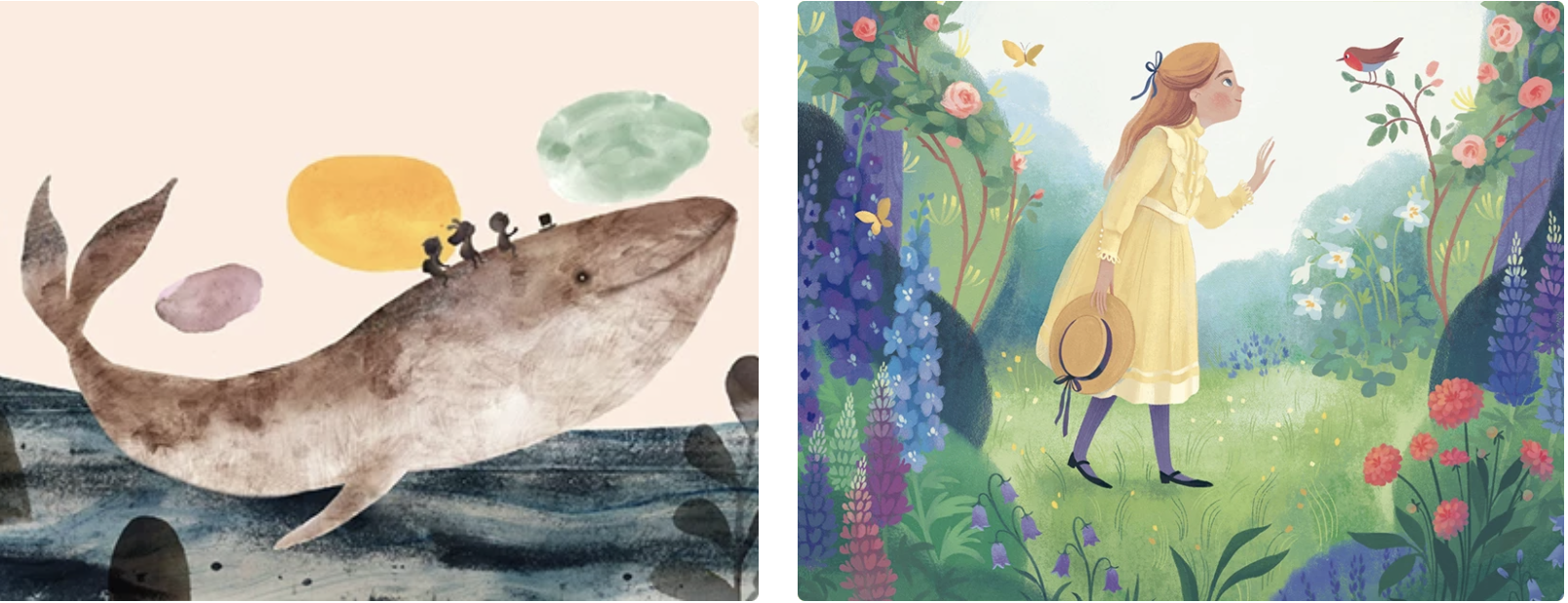
She added: “Behance's artists are found worldwide. I'm very comfortable working with international artists as long as they have good English communication skills and great art. I've worked with artists from Columbia, Brazil, Great Britain, and Poland. PayPal and Western Union take care of payments, and everything else can be done over the internet. If you're looking for someone from a particular geographical area, you can also narrow your searches that way. I love that it's an international marketplace because the range of art is so deep and wide.
I love great art. I love great picture books. It starts with a great story, but it demands excellent art. I urge you to think quality because that single commitment will lead to a successful children's picture book.”
You must constantly ask yourself what impression you want to leave on that little soul that will ultimately browse your pages. Phrasing it like this instead of asking yourself where will I find an illustrator for my children's book or Googling children's book illustrators for hire puts the emphasis on creating a complete experience.
Despite some misconceptions you may sometimes hear, children are very sensitive to good stories and art. Share your shortlisted illustrators with your trusted circle of children reviewers, and you might be surprised to learn their opinions.
What to Look for in a Great Portfolio?
Always remember: you are the art director of your children's picture book. It's your responsibility to find great art. How do you recognize the potential of a great picture book artist when looking through portfolios?
Here are my favs:
1. Inspiring art
Most pieces in the portfolio capture your attention for a reason. You want to keep scrolling, and this is what you are doing. The images would speak to you but also a child.
2. Variety yet unity
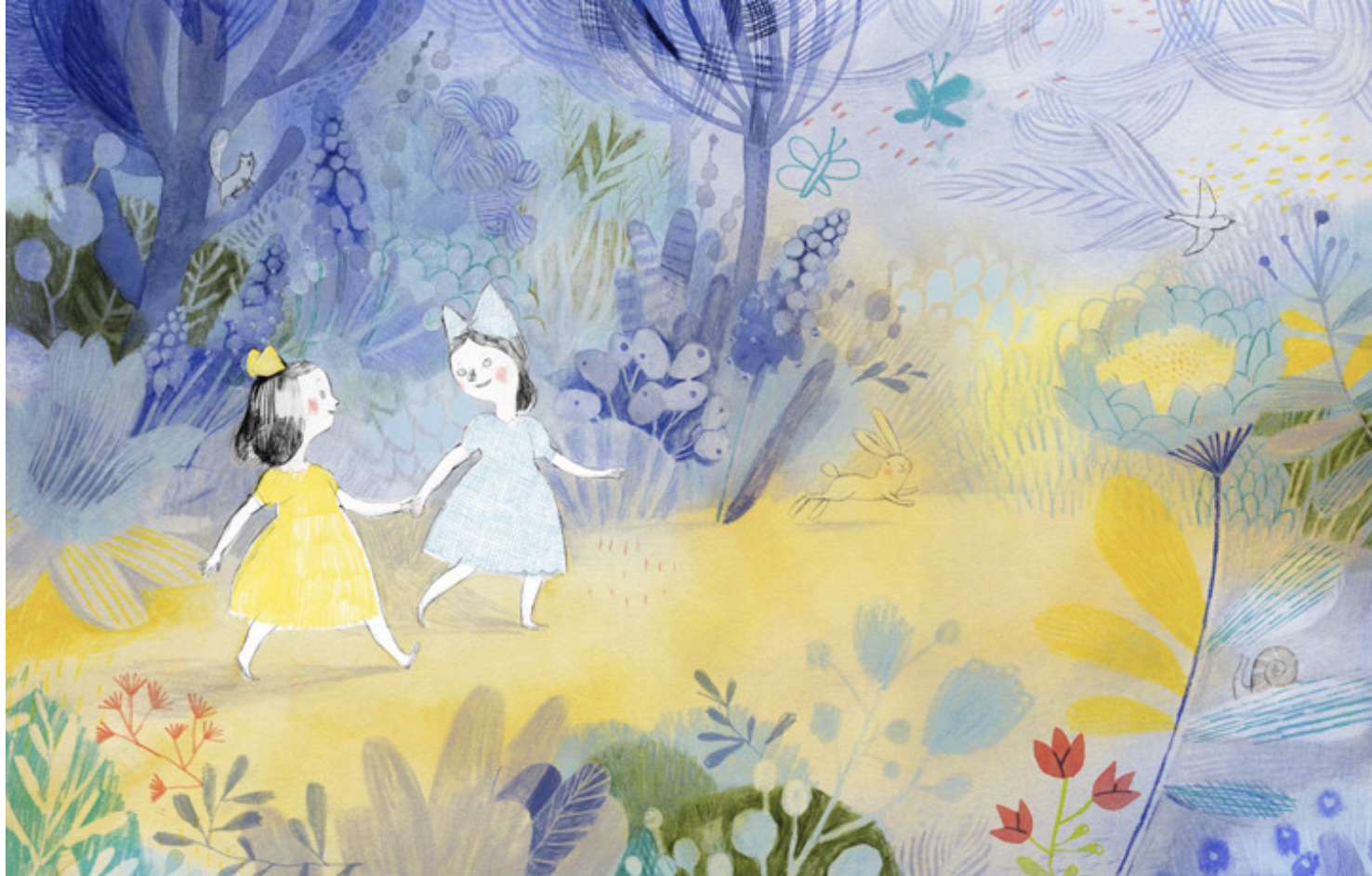
In great picture books, art varies—overhead shot, close-up, panorama, vignette, edge-to-edge, and so on. Look for versatile illustrators for children's books who have mastered composition (placing the objects within the frame of the book's pages).
There are projects in which art is composed to break the plane of the page, that is, the objects spill off the sides, tops, or bottoms of the page. And yet, within all this variety, the art should be cohesive.
For some authors, the biggest challenge is when images are centered in the middle of the page, as this means a great use of negative space.
3. Characters
When browsing illustrators for children's books, look for characters that are drawn in multiple positions: front, back, side, and from below. These characters should feature a significant range of emotions, each with distinctive body language. In the book, they will perform various actions, and the reader should recognize them quickly.
4. Quality
Flashes of brilliance aren't enough to carry a book. The entire book must have the same devotion to excellence. Poorly curated portfolios include mediocre work beside great art, and that's not a good sign. Look for portfolios that amaze you with the quality of each piece.

5. Storytelling
Look for a series of art that shows an ability to carry a story across multiple illustrations. Is there a beginning, middle, and end? The illustrator's ability to do that is a trait not just desired but essential for book illustrating.
6. Style
Look for an illustrator for children's books who has a unique style. Their works will make the book stand out in "today's crowded market."
7. Special skills
Always keep in mind what your story needs. If you’re writing a nonfiction book, seek artists that can create anatomically correct depictions of animals. If you’re writing fantasy books, your story may demand great characterization, unique settings, or ethereal quality.
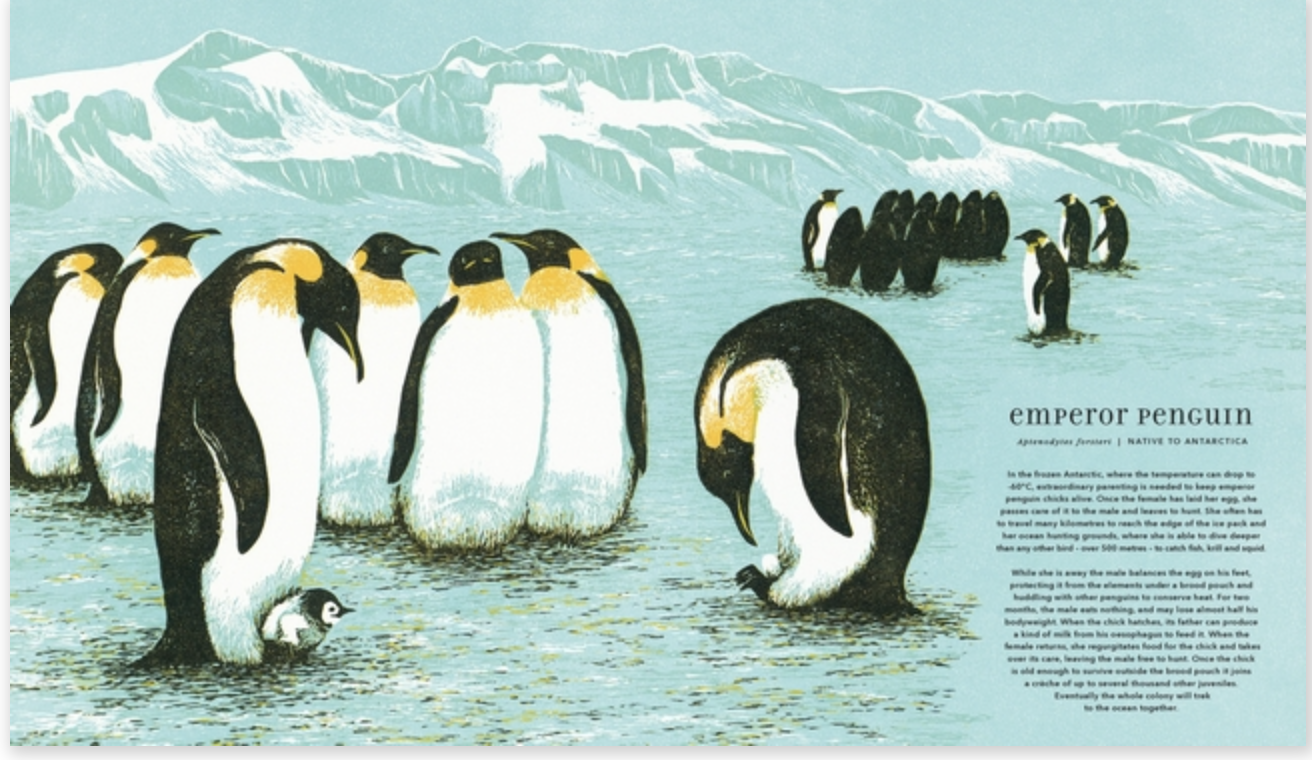
8. Art to revisit
Some books are lovely, yet children would not reread them. And there are others with their covers ruined, and the pages turned yellowish, and the children still want to read that picture book over and over again.
Are the illustrations interesting enough that children can look at them repeatedly and not get tired or bored?
I love an artist who takes risks, but most times, authors will appreciate a timeless style that will carry their book forward across a couple of decades.
9. Working style
The best children's book illustrator is the one you can work with. Communication is essential to the successful completion of a book.
Learn from Darcy Pattison, an author who has already walked in these uncomfy shoes before:
“When I'm looking at art, I have a vision for my book, and the artist must be able to work with me. I appreciate artists who try different compositions and colors or just listen. I'm not trying to dictate; I love artists who are comfortable with their work and will push back at my suggestions. In other words, I love artists who aren't afraid to communicate.”
10. Price compatibility
I am yet to have met an author with a limitless bank account. I believe the best is to decide upon a budget for the art and stick to it.
Ultimately, bookmaking and publishing are quantified in profitability, so leaving aside the matter of making money is foolish. The only way to publish profitably is to control how much you spend. Negotiate. If the artist is priced too high, prepare to walk away even if it breaks your heart over what could have been.
10 Examples of Great Portfolios
Whenever I consider bringing together illustrators to inspire others (yes, you!), I aim to get them as varied as possible: different visions of composition and characters that you want to get to know, great lines, and a keen understanding of nature for nonfiction buffs out there.
1. Oana Ispir
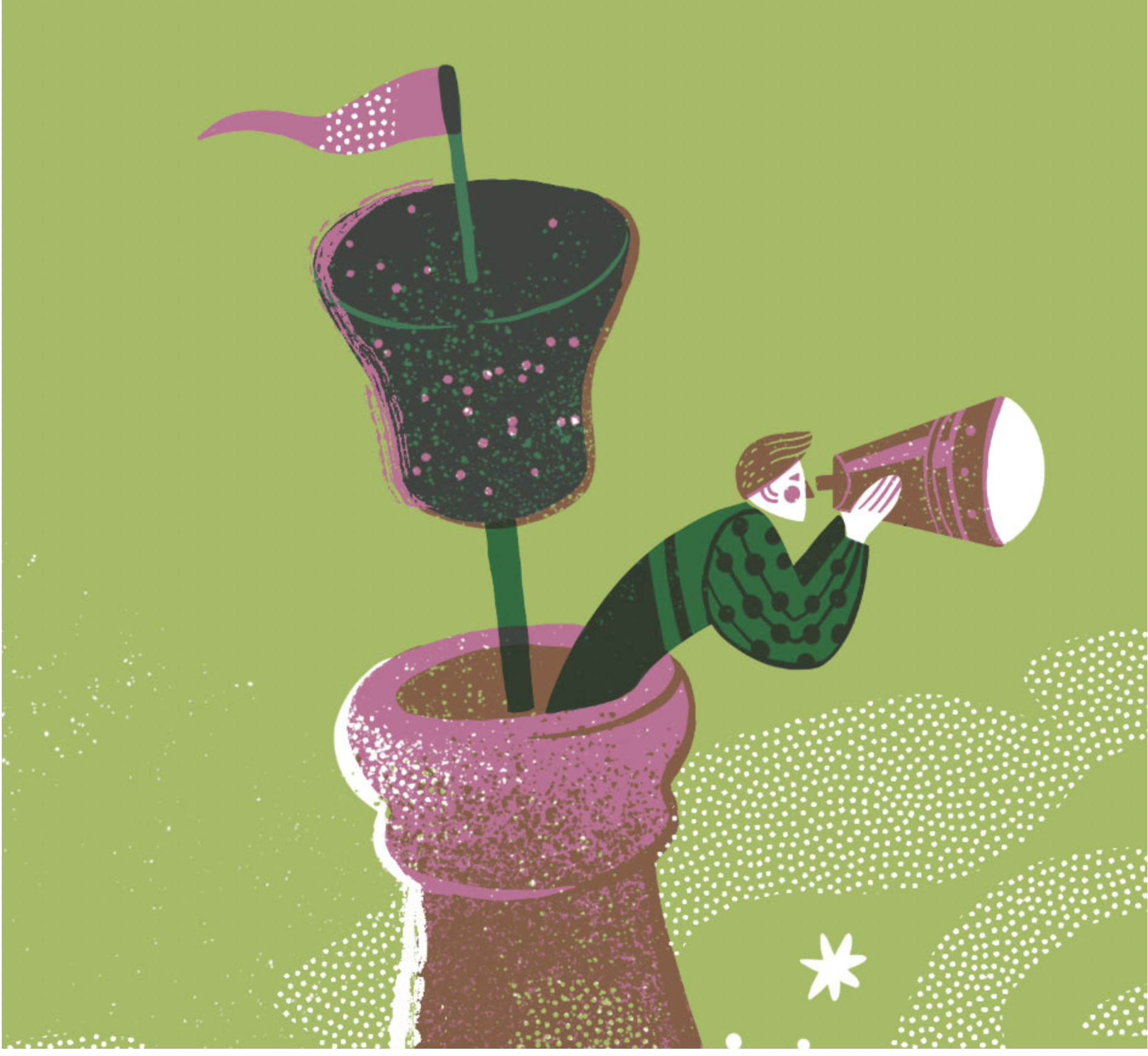
I have been following her for some time. She works with linocuts which are very appealing to me lately, and she is not afraid of bold colors. She does monochromes (which I have come to appreciate), her characters are consistent but not repetitive, and I just love her cats. In this day and age, who doesn't really?
2. Art Studio AGRAFKA
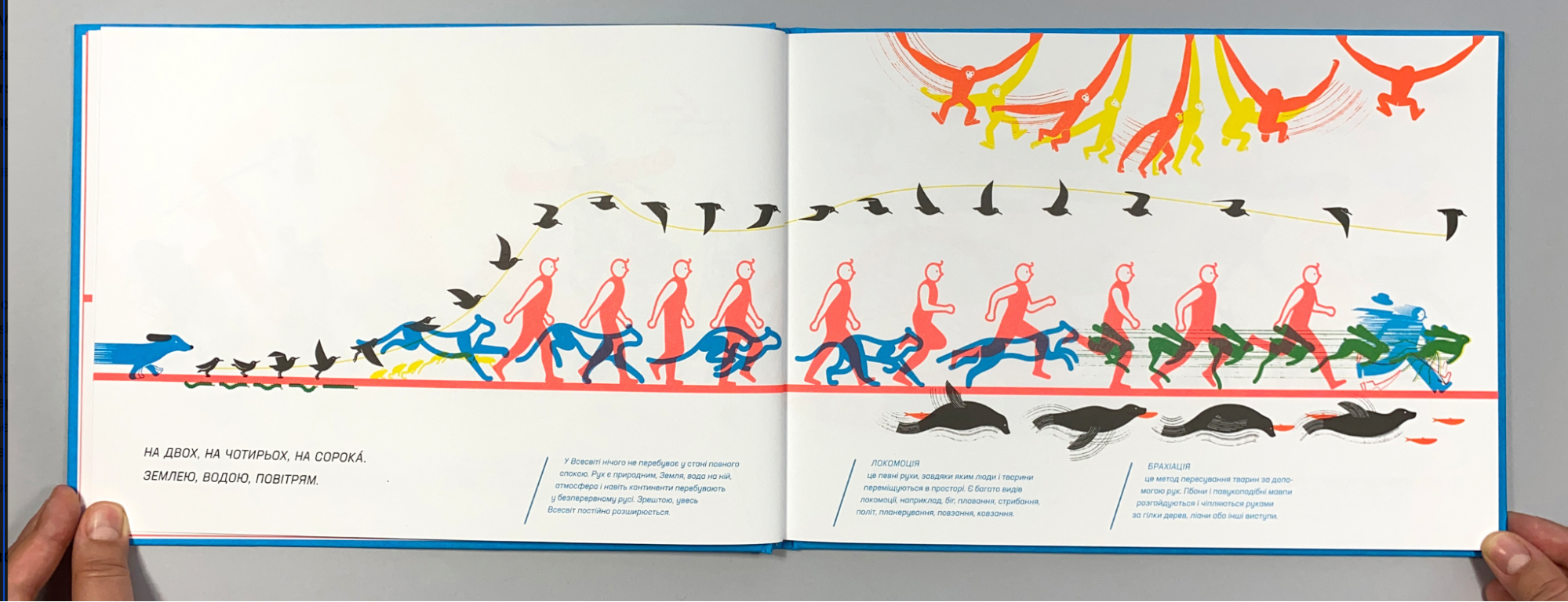
Get ready to be amazed by this charming combo of wits and talents: thin lines, movement, and some serious experience in creating all sorts of gimmicks to discover the book again and again and again. Also, great when taking folklore for a spin. Ladies and gents, Romana Romanyshyn & Andriy Lesiv, known as Agrafka Studio.
3. Lorena Alvarez
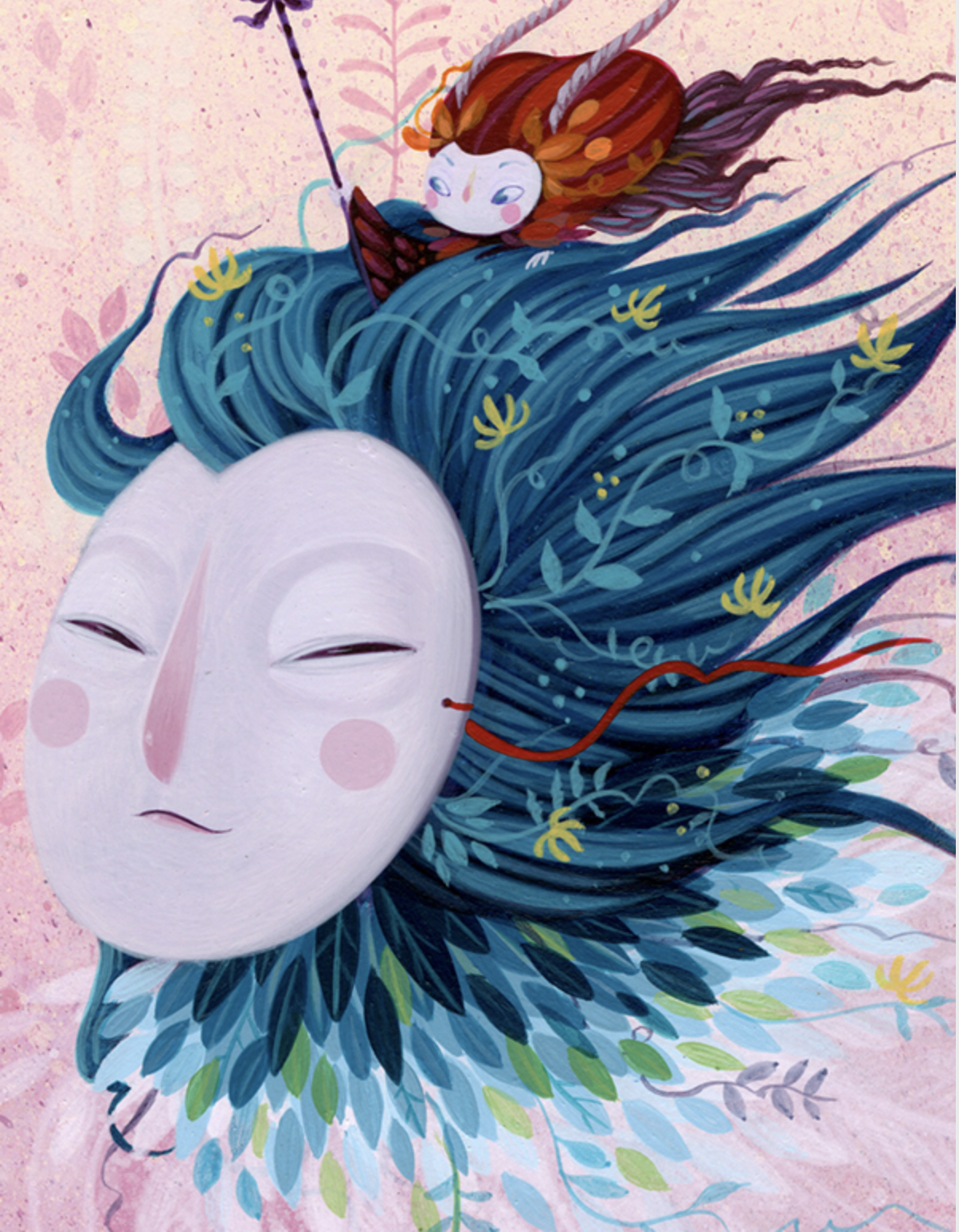
She is an illustrator from Bogota, Columbia, with a wild and vivid imagination and an inspiring appreciation of color. She is keen on showcasing the mysterious, the unfamiliar, and the eerie, giving voice to unexpected creatures. An author herself, one that has seduced me for sure.
4. Veronica Neacșu
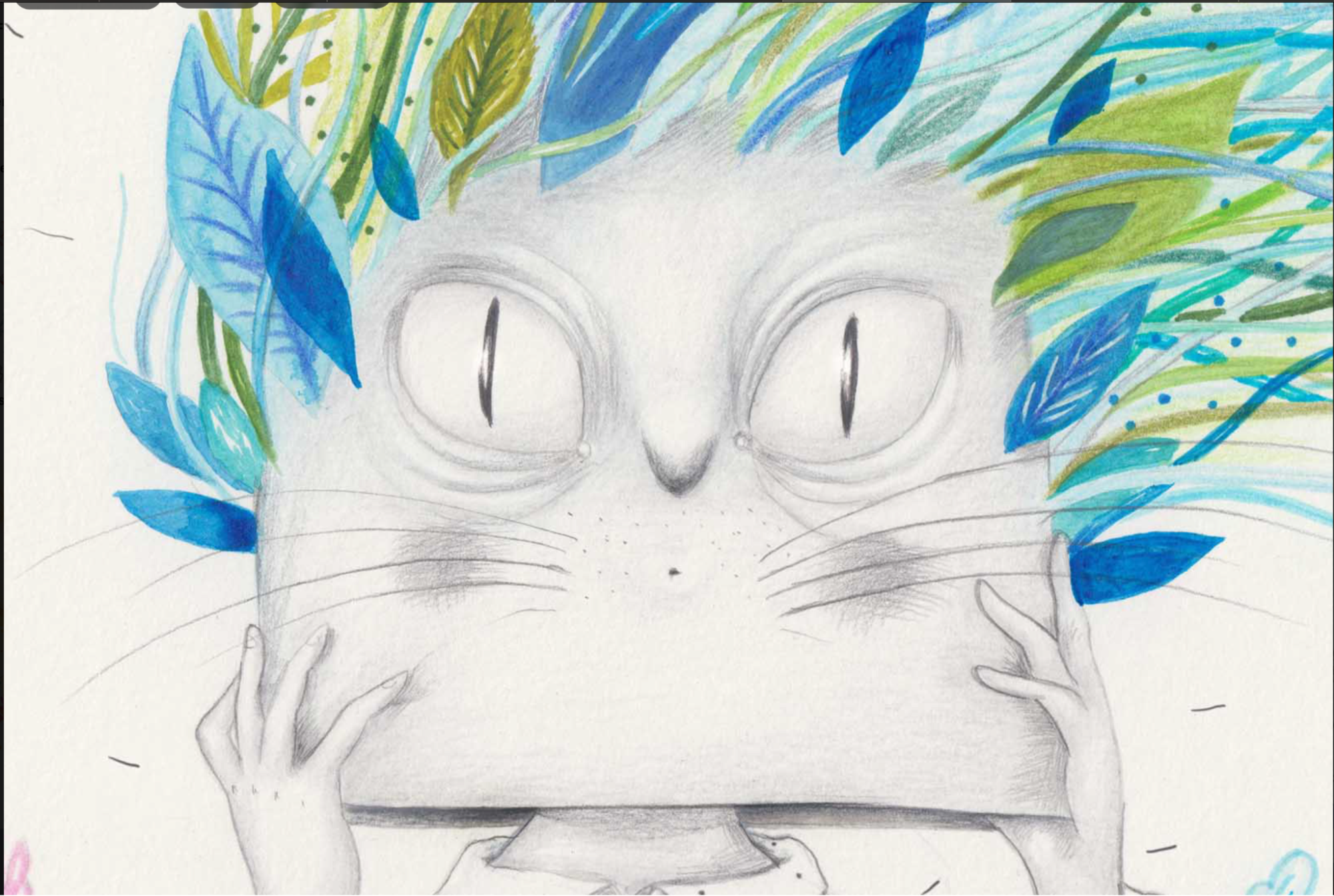
If pencils are your thing, this illustrator is for you. I find her style unique, similar to a distant call from an uncanny place. Yet, despite their unusual aspect, her characters carry a warmth that responds to a calling in my heart.
5. Mariana Rio
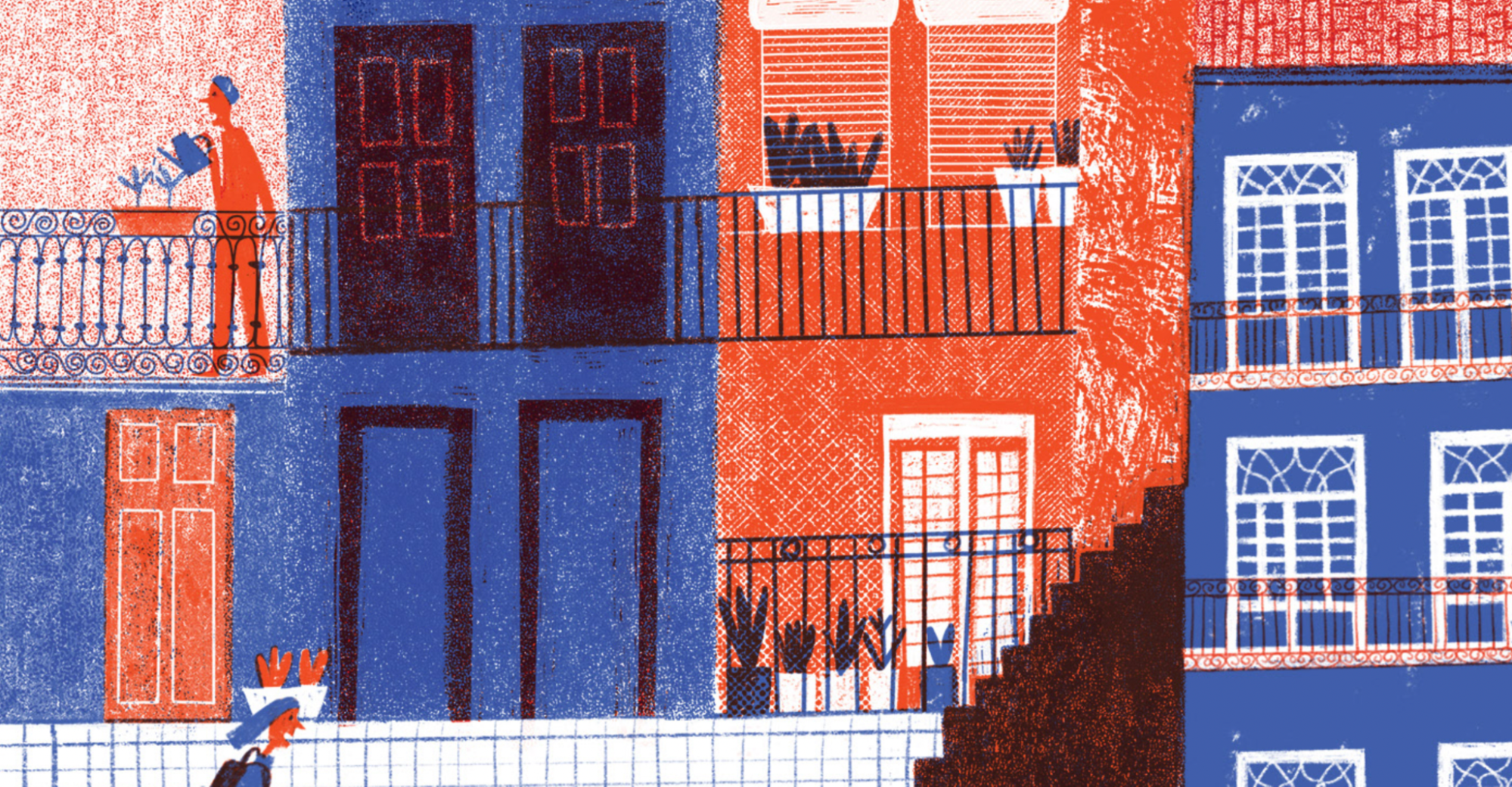
If experience and the right credentials concern you, this is a great illustrator to consider for your project. I love to see the city featured in children's book illustrations and lively characters. Well… I always fall for them.
6. Lian-an Lin
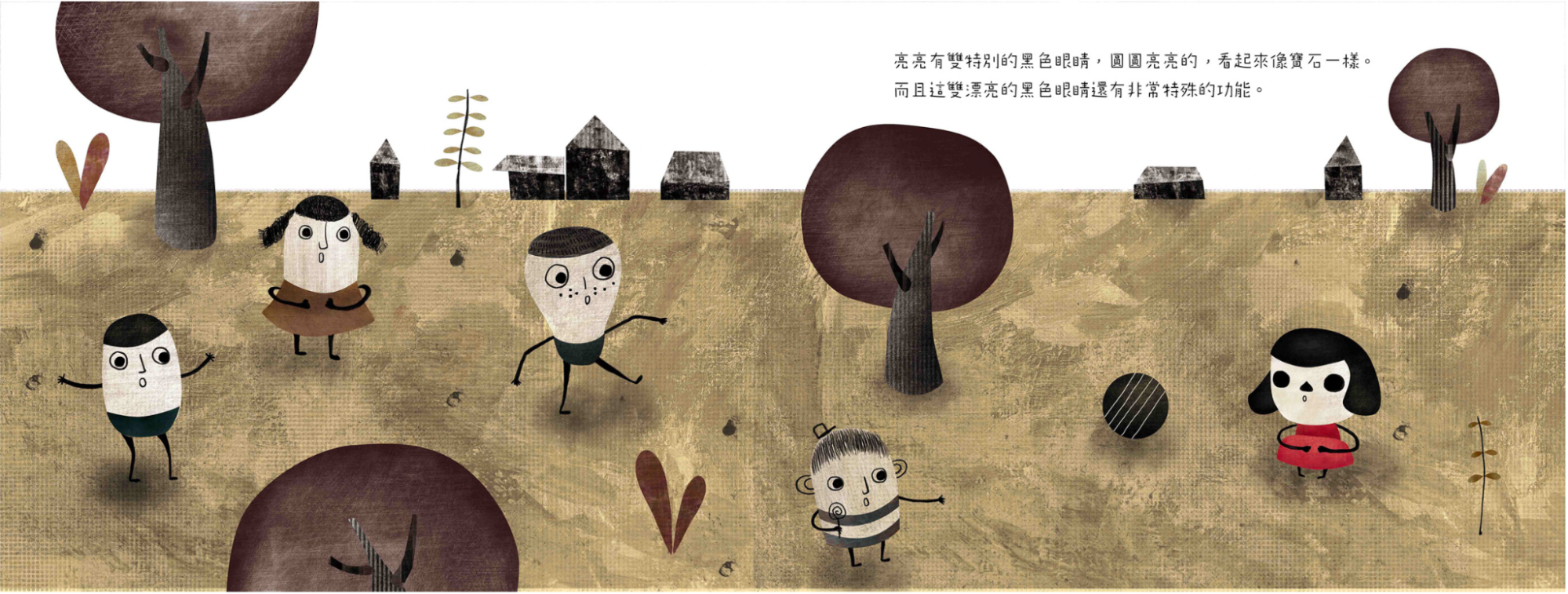
Born and raised in Taiwan, here's an illustrator that loves to browse her imagination for bewildering creatures but does not turn a blind eye to the world and its impressions.
7. Saki Matsumoto
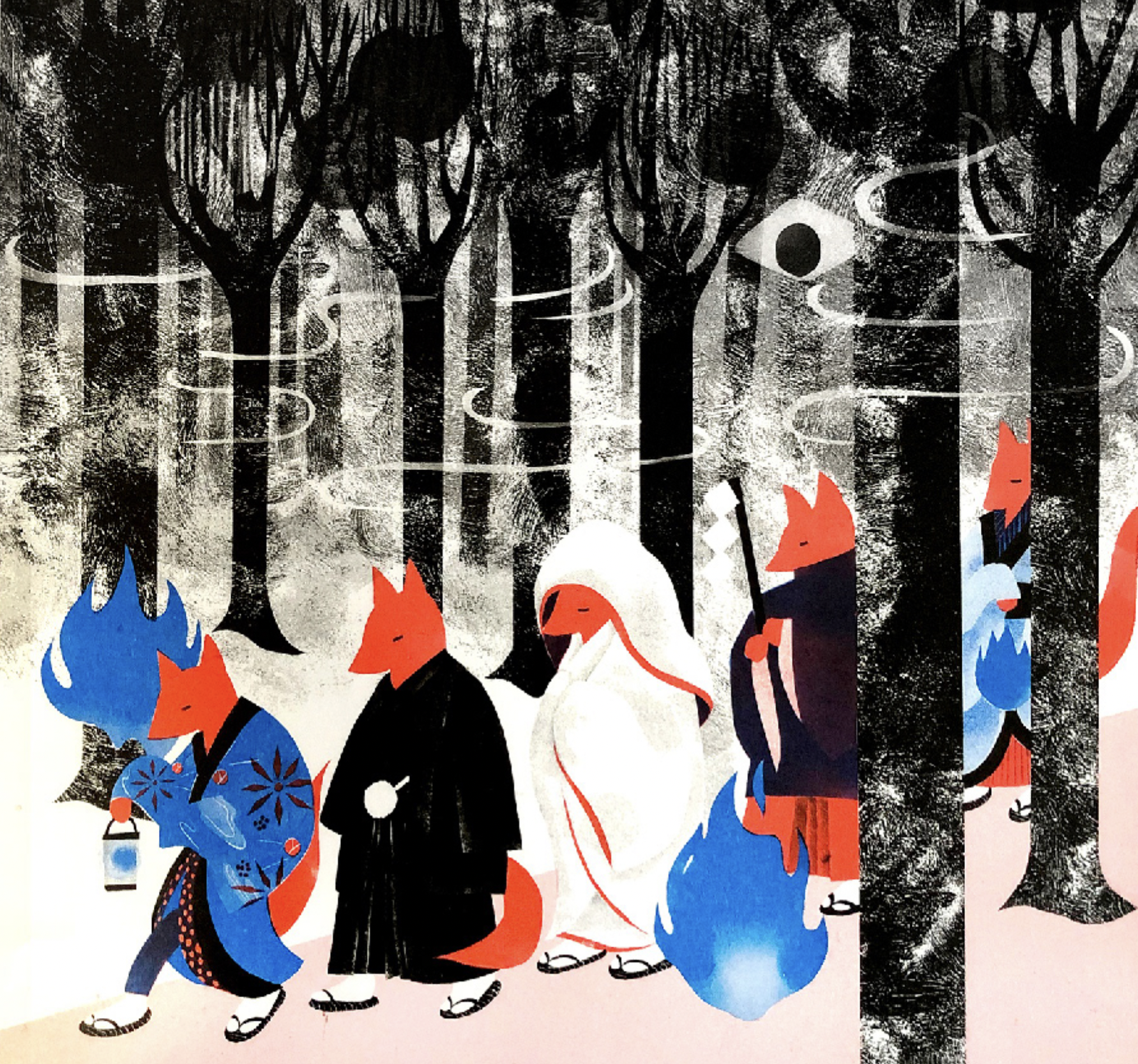
This is a West meets East meets Central Europe illustrator of Japanese origin. She studied in London and Prague. You can browse her work because of her resume, but what has caught my eye are a series of red foxes floating through the dark. They tell a story I would like whispered in my ear.
8. Ekaterina Royz
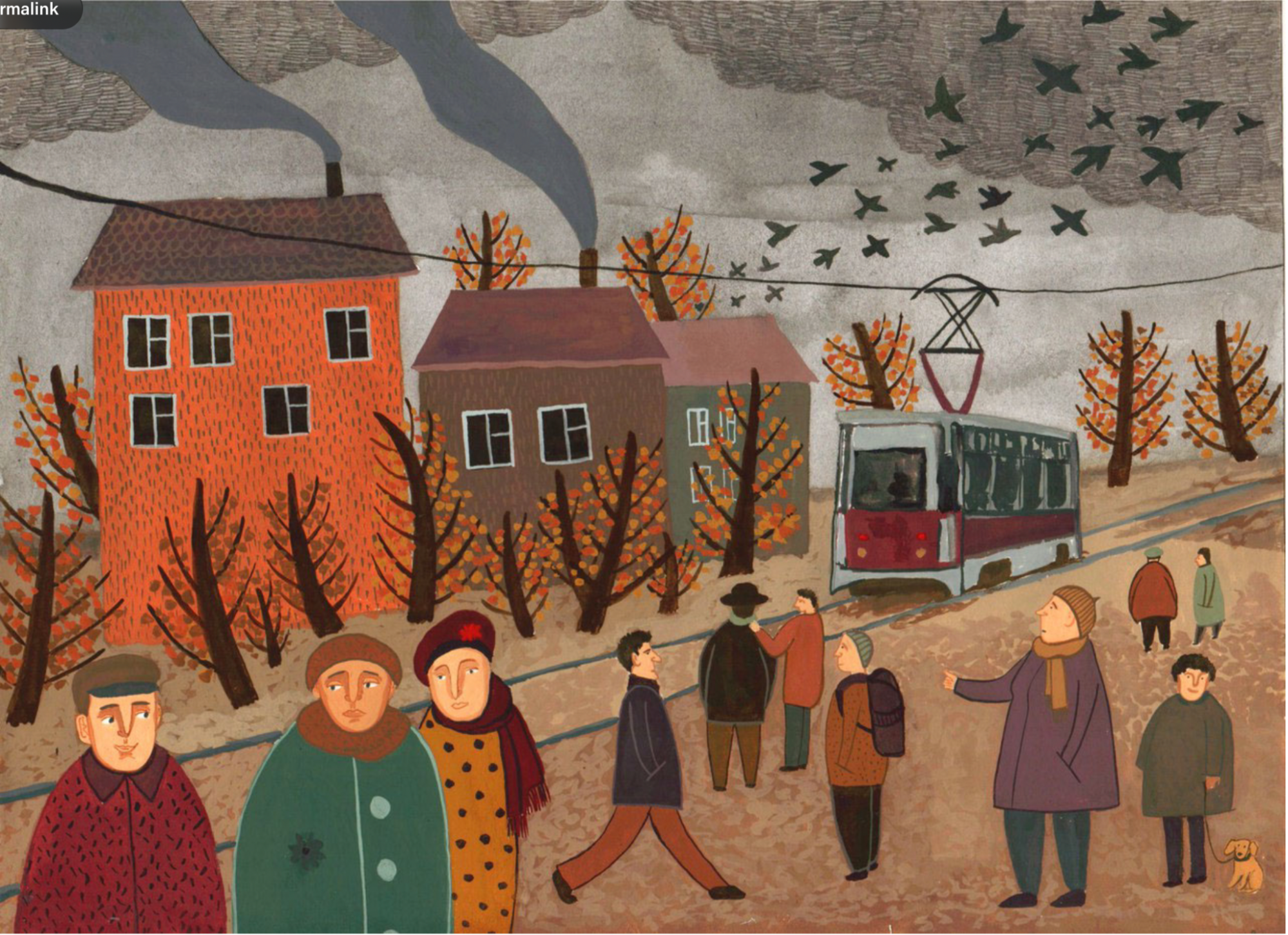
A wanderer of Siberian origins, living under the Haifa sun. If you appreciate book zines or silent books, you might want to look more attentively. Or, if you are like me, gasp at the sight of velvety darkness, as deep as only frozen nights can be.
9. Anna Desnitskaya
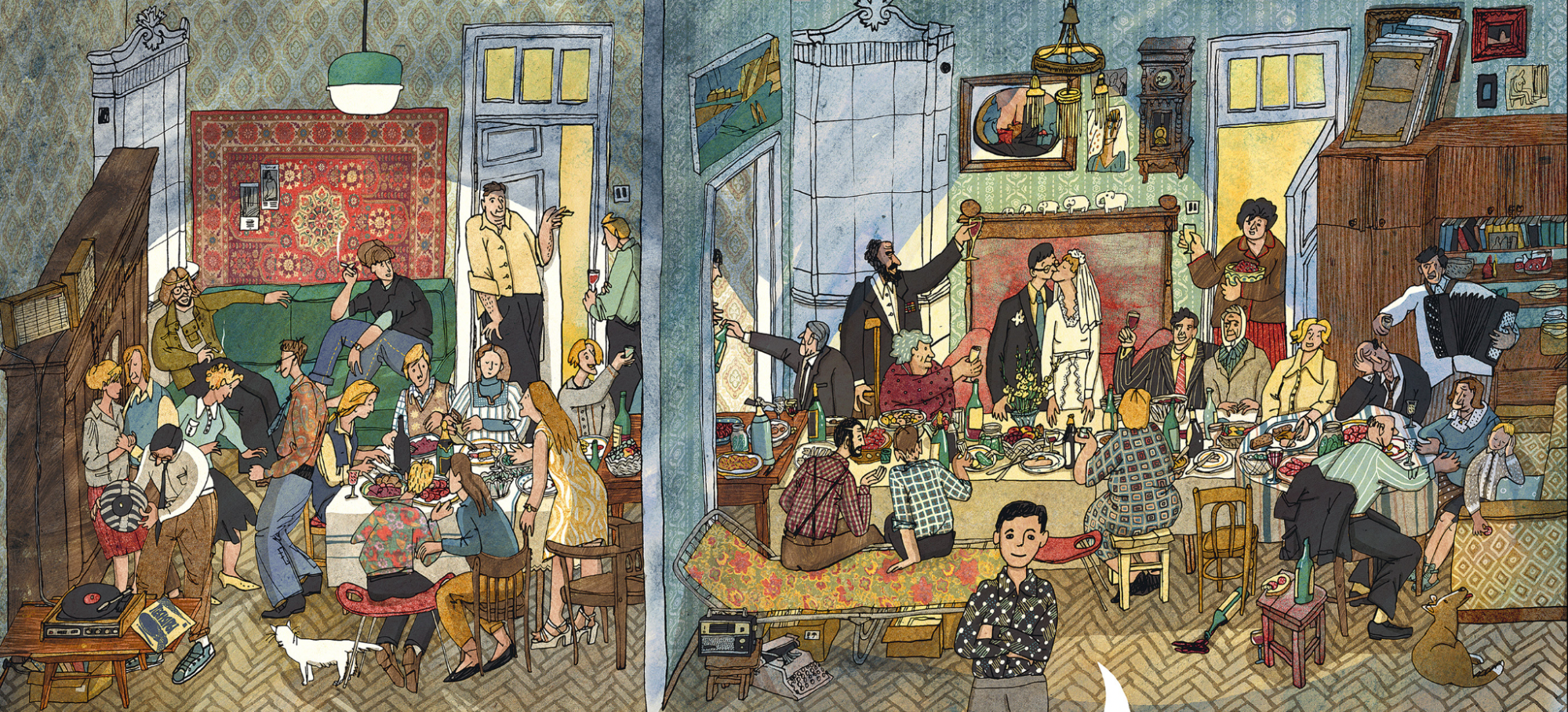
I know very few illustrators who can fit collective characters so well! I find her illustrations are closer to microcosmos rather than simply a storyline. Despite being featured in works of nonfiction, they are very poetic and fitting for an Eastern European situation.
10. Gosia Herba
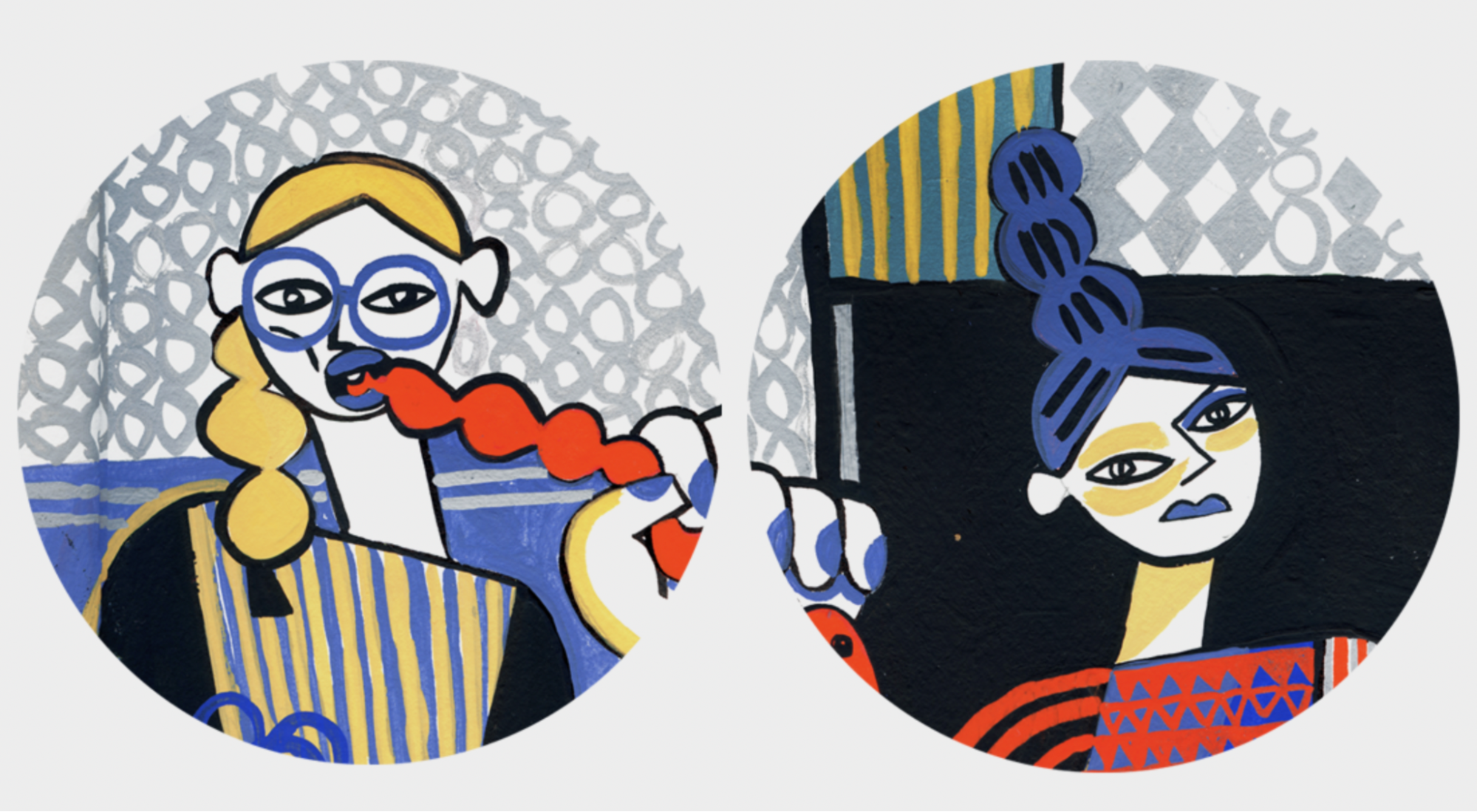
She shows an interest in folklore and the ethnic and a bold (sometimes wild) color palette. Works delightfully in monochrome, patterns, and geometric. I am a fan of Polish design. With the right amount of crayons and brushes, I am sure they will conquer the world a book illustration at a time.
This is just a sample of the impressive portfolios that lie hidden clicks away on Behance or on the wide world web. Do not rush your search, and do not limit yourself to just a few names (like I did), but take on this treasury and do not rest until you have found that soul that you feel speaks to you directly.
Browse their followers and those they follow, and get ready to be amazed! But most importantly, get closer to finding your illustrator.
Where Is Your Illustrator?
You are not looking for children's book illustrators for hire; you are looking for a partner to translate your message into art books for kids visually. As you can see, no magic spell can lead you to your ever-green illustrator match. But you can make your situation easier with the right mindset.
You are also not looking for a one-time extravaganza but for a creative yet organized (can I hear methodical?) mind capable of imagining a story and unfolding it page upon page. A person with whom you can work.
Whenever you ask yourself how to find an illustrator for your children's book, go through this list and pick the best illustrator for your novel.
I do not doubt that a person exists in this vast and connected world. And that a fantastic picture book is about to kick start.
Self-publishing children's picture books? Try PublishDrive and get access to worldwide stores.
